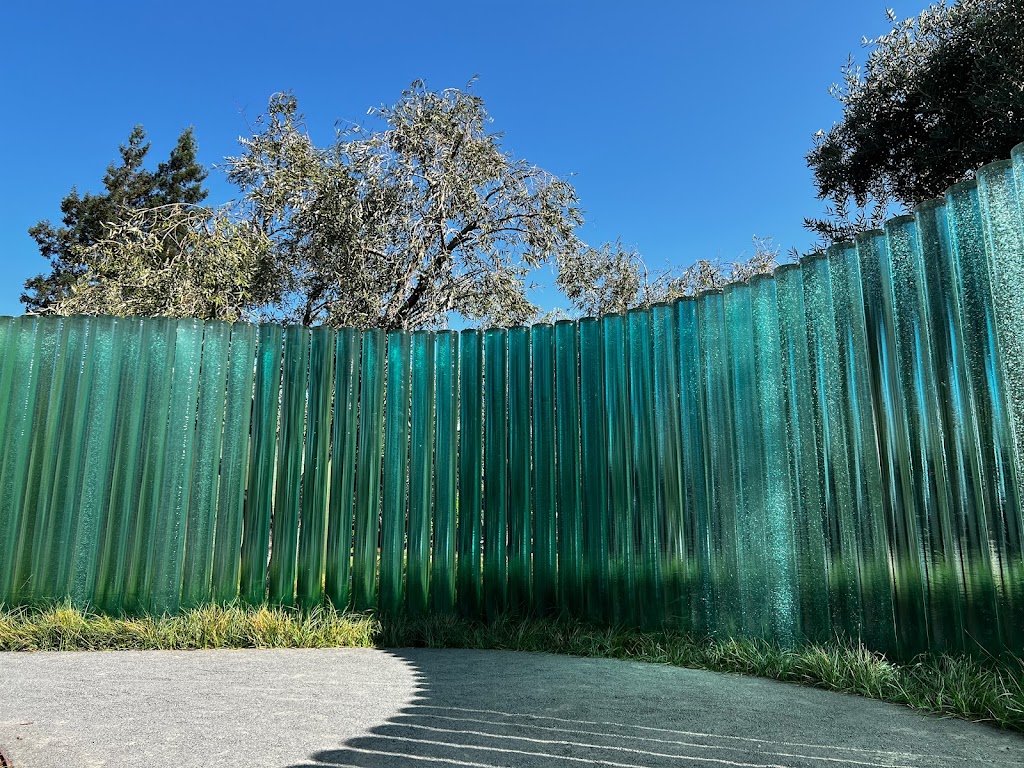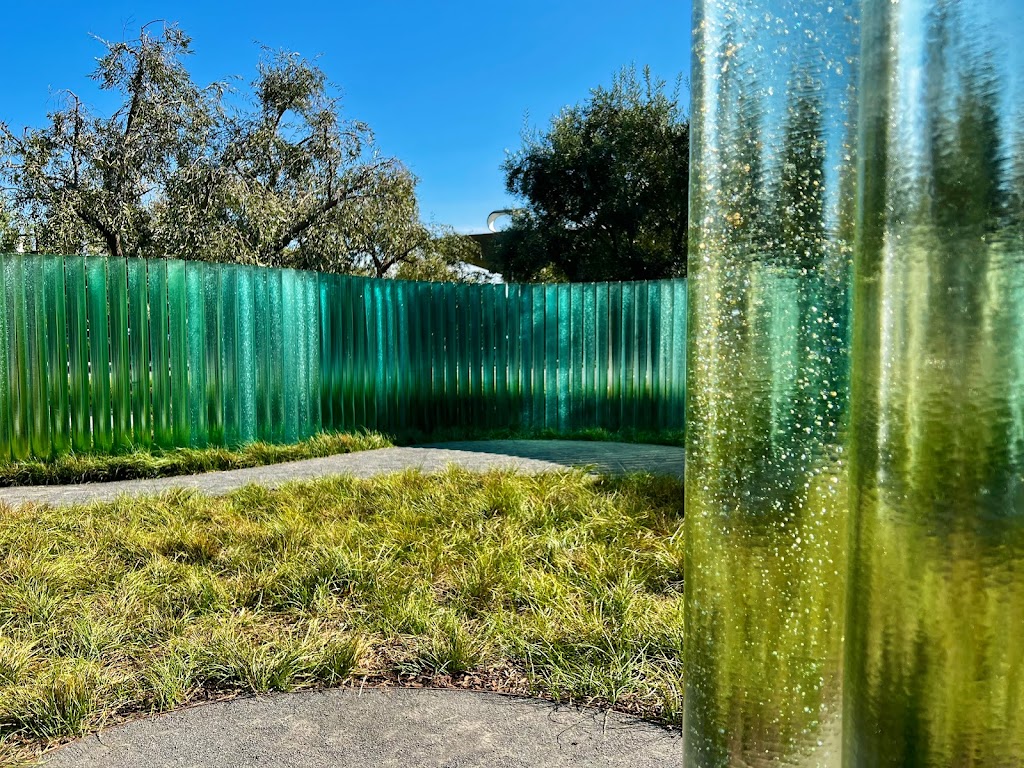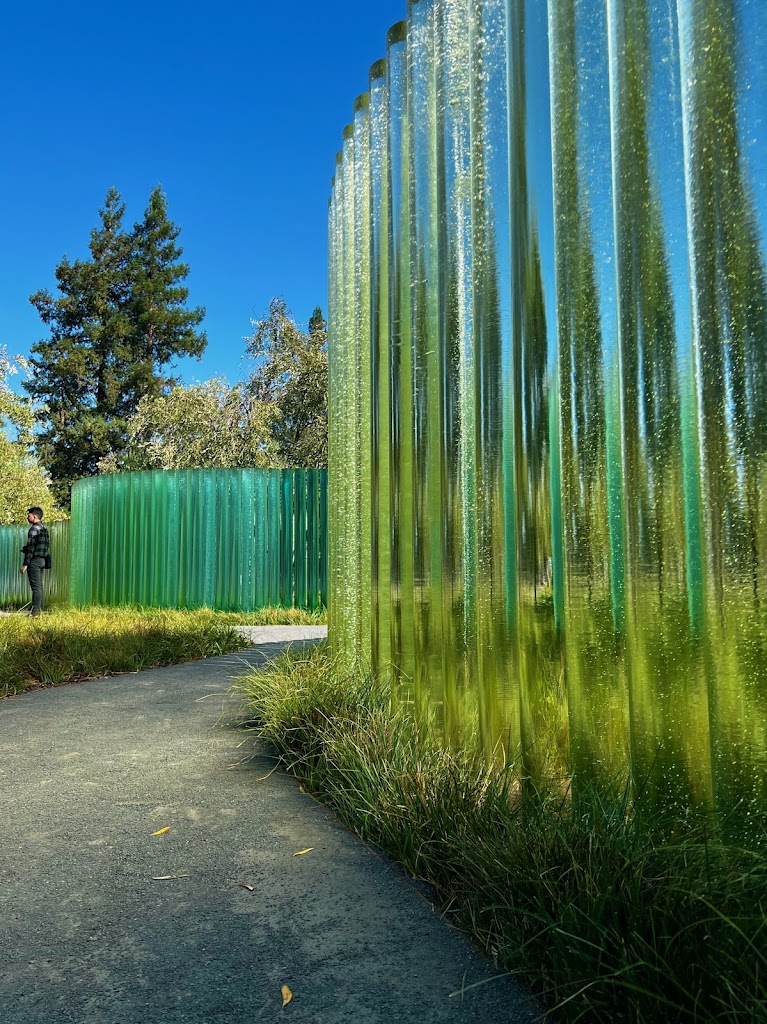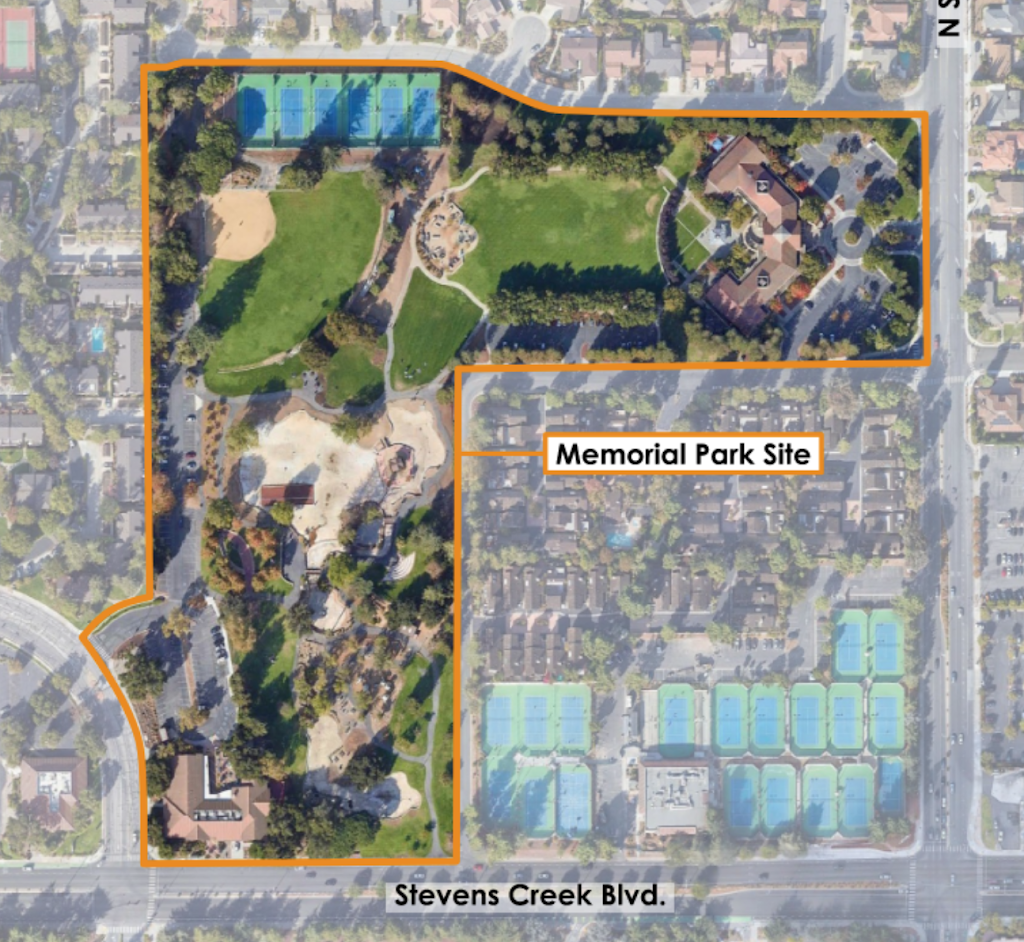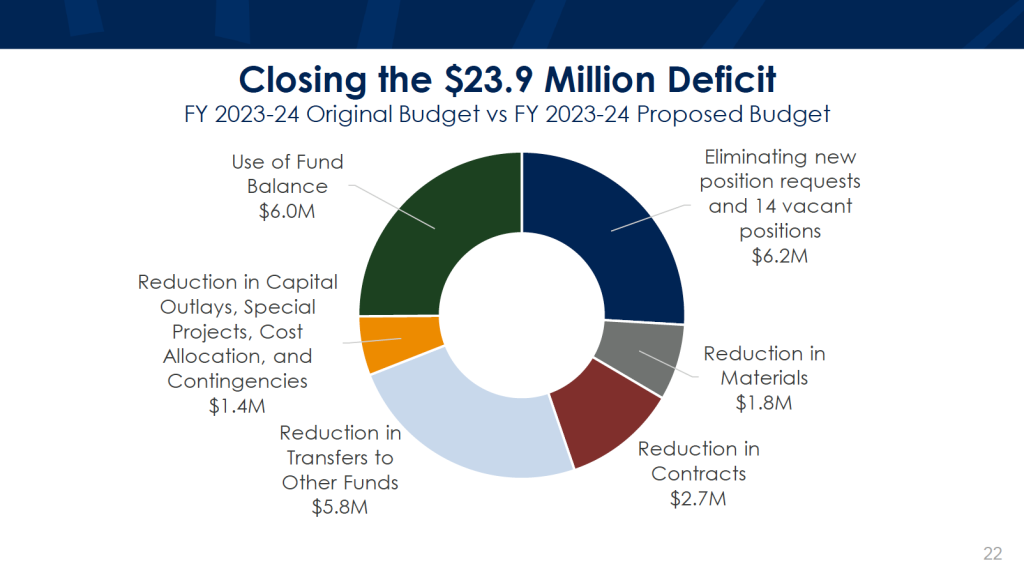https://marinpost.org/blog/2023/6/10/rhna-and-housing-mandates-made-easy
WHAT IS RHNA?
RHNA is the Regional Housing Needs Assessment — the number of housing units (a place for at least one person to live) assigned to an area by the state. This happens in eight-year housing cycles, and the allocation numbers are determined by the California Department of Housing and Community Development (HCD).
WHERE DOES IT COME FROM?
The total number is supposed to represent California’s current and projected housing needs over the next eight years. This is the 6th RHNA cycle, covering 2023-2031. The HCD says California is short 2.5 million housing units. (Walked back from Governor Newsom’s unsubstantiated campaign assertion of 3.5 million). The numbers have been questioned.
Note from Cupertino Facts: In the 6th Cycle Housing Element update (2023-2031), Cupertino must plan for 4,588 new housing units.
DID RHNA FAIL AN AUDIT?
Yes. The 2.5-million-unit requirement was not in line with projected population growth even before the pandemic. An emergency state audit was requested. The result of the audit: The California State Auditor found that the numbers were not reliable or reproducible, and the methodology was opaque. All documentation is available at citizenmarin.org on the AUDIT page. The audit result was ignored by HCD, and the 2.5 million wasn’t adjusted. It was chunked out into regions. Ours — the Bay Area — was assigned 441,000 new units to be distributed over each city and the unincorporated area.
IS THIS HOUSING CYCLE DIFFERENT?
Yes. The 6th cycle is NOT like other cycles. The numbers are huge. For example, Marin County’s total RHNA went from 2,298 (5th Cycle) to 14,405 (6th Cycle).
DID CITIES APPEAL?
Yes. Cities were shocked by the huge rise in their RHNA, and many across the state appealed based on “changed conditions” including drought, fire, lack of evacuation access, flood zones and other hazards, infrastructure issues, lack of buildable land, environmental concerns, etc. All appeals were denied without comment.
WHAT IS A HOUSING ELEMENT?
Each locality, by law, must create a Housing Element plan and document showing where the RHNA units can be accommodated and submit it to the state for approval. In the past, these reports were not too difficult to create and were done by in-house staff. This cycle, the numbers were so overwhelming, and the Housing Element added so many new required reports, that cities had to hire consultants to write them. This has been taking time and energy away from our city governments for a couple of years now.
WHO BUILDS THE HOUSING?
Except for a few affordable projects that are built on donated city/county land with a small amount of grant money made available, the state expects private, for-profit developers to build the housing. Market-rate (luxury) housing has greater profit margins, so developers’ interests are focused there, and not on affordable housing. They add the fewest number of below market rate units as possible to each project. This creates an explosion in expensive units, not the affordable housing that is actually needed.
WHY SO MANY NEW HOUSING LAWS?
The state declared a housing crisis in 2018. Cities were blamed for lack of affordable housing and for not producing enough housing, even though cities do not build. The state ended its redevelopment agency programs in 2012. So, the legislature passed new laws to speed up approvals for multi-family developments by forcing local authorities to rezone for greater density, and approve projects swiftly, often without public input or environmental review.
The three things that are literally demonized by the state as holding up construction are zoning, CEQA, and public input. (Those are also called city planning, the environment, and local voice/democracy.) Some of these have sometimes slowed the process, but more often produce community/developer/city compromise.
ARE THERE PENALTIES FOR CITIES?
New laws speed up approvals for multi-family developments by forcing local authorities to rezone for density, and approve projects swiftly, without CEQA or public input. Attorney General Bonta’s office has a special housing Strike Force to strictly enforce new laws and policies. Besides fines, most punishments are designed to give developers more power, and cities less. Fines can bankrupt cities, put them into receivership, and require cities to cede all zoning control to the state.
The state can then decide which public lands will be donated or sold for housing projects. Private lawsuits have been brought against cities “not complying fast enough.” the Housing Accountability Act, Builder’s Remedy, and by-right development are all looming punishments based on annual HCD reviews.
DOES THIS CREATE LOW INCOME HOUSING?
The laws are sold that way, but what they mostly do is create luxury and market-rate housing along with a very few less expensive units for low-income households. Since developers typically lose money on the low-income units, many of these new laws offer density bonuses and other incentives to developers to add 10-20% of “affordable” units in their projects. This is supposed to “trickle down” and result in lower rents and housing costs.
DOESN’T THAT JUST RESULT IN MORE EXPENSIVE HOMES?
Yes. RHNA is broken into categories, each of which needs to be fulfilled exactly, or the locality is declared out of compliance and is subject to streamlining and ministerially approved projects, which further restricts any ability to regulate development.
IS THE CITY DONE WHEN THE RHNA NUMBER IS BUILT?
No. In a better system it might be, but RHNA is divided into four major income categories, and each must be met exactly. The laws make it advantageous to developers to add the minimum (10-20%) affordable units, no matter how large the project is. Making RHNA requires many more units.
DOES THE CITY GET CREDIT ONCE THEY APPROVE THE UNITS?
No. The state doesn’t measure success by entitlement (approval) of projects, but by the numbers of permits pulled and housing units completed. Once they’ve entitled a project, the city has done its job and rest is out of their control. They cannot compel development. Cities do not build, developers build, but the penalties to cities are based on developer performance.
There are many reasons approved projects never begin — or start and stall: High costs and scarcity of labor and supplies, high interest rates, and inability to get fire insurance are among them. The state has not let these or any other factors reduce or excuse the RHNA. California’s largest property insurers have halted new home policies due to wildfire risk, rising costs. There has been no acknowledgement that this will affect RHNA.
IN SUMMARY:
The state has shifted power away from local governments and given it to for-profit developers who are incentivized to prioritize multi-family developments that are 80-90% market rate, regardless of the effects on communities. Because state laws encourage a low percentage of affordable units per project, not in line with RHNA percentages, much more market-rate housing is built than moderate, low, or extra-low units.
Working from an incorrect assumption about need and growth creates problems. There are shortages of “affordable” housing throughout the state, but there is no crisis regarding luxury homes, and until the state decouples housing mandates from private, for-profit development, we’re going to see a surge in production in the wrong direction.
Note: This is an excerpt from the full article published to Marin Post. Please visit their site for additional resources and information regarding RHNA.



